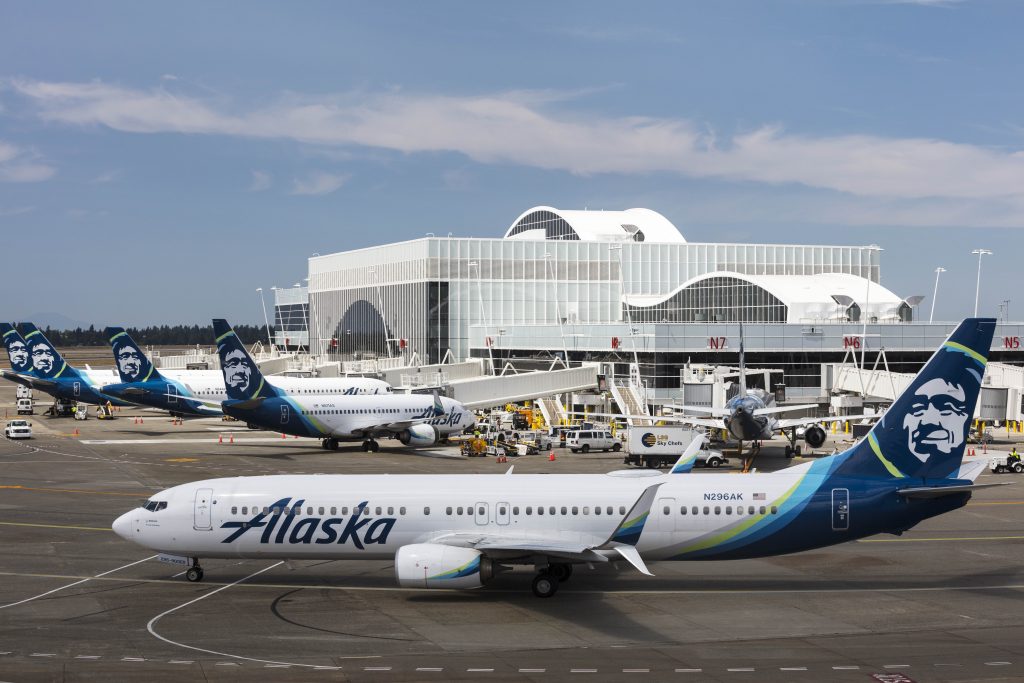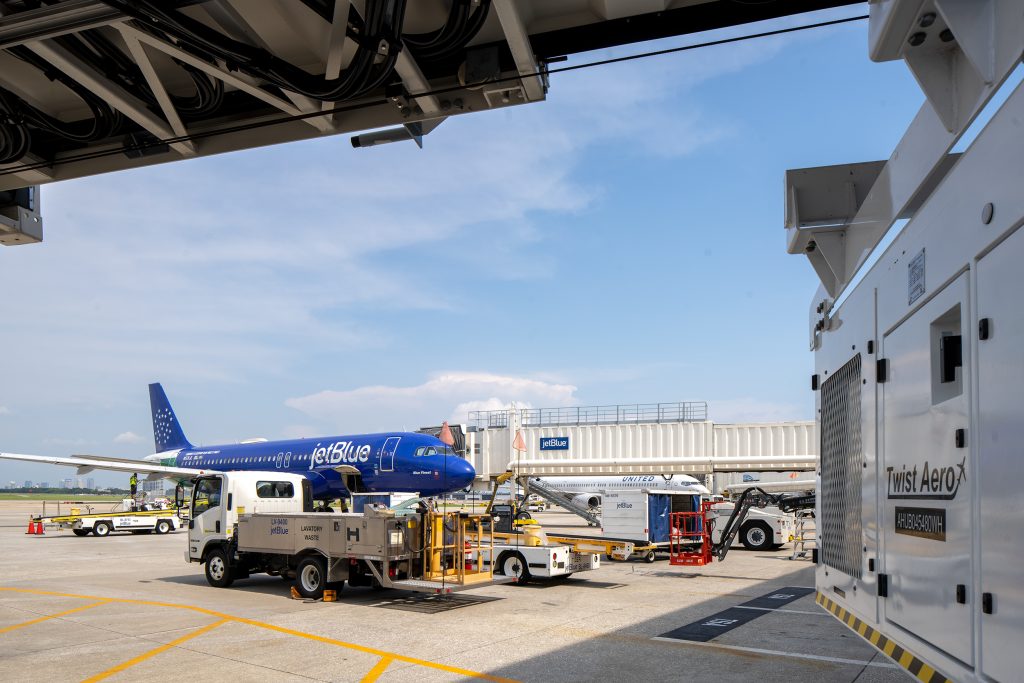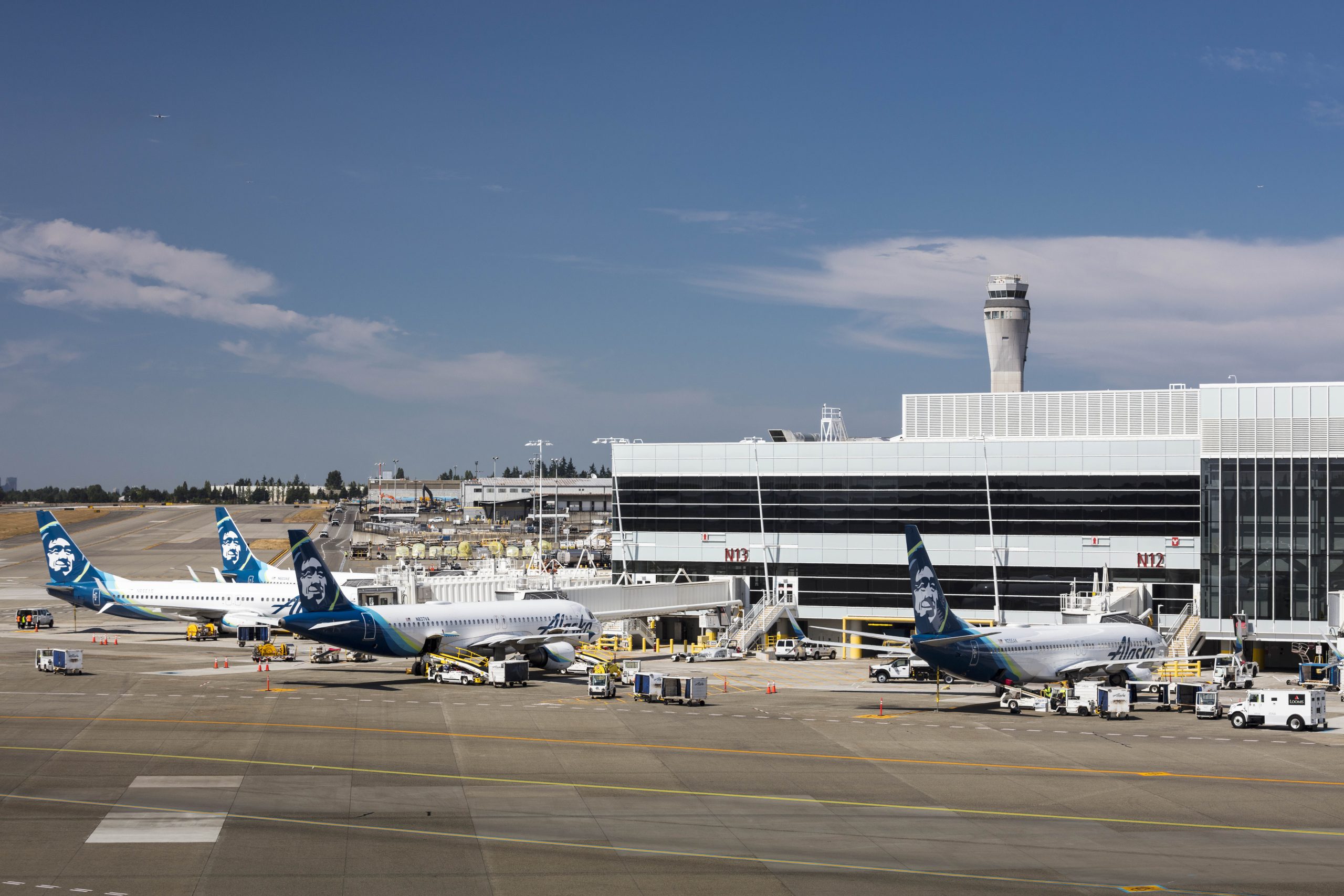Have you ever been stuck on that hot plane or grounded from taking off because they couldn’t cool it down enough for passengers to board? I know I have, and when folks around me start complaining for a good reason, it’s hard to sit quietly, knowing the whole time that Centralized PCA could have prevented this from happening. While the decision to omit using Centralized PCA may have been made long ago, it was likely driven by first cost challenges. You may be asking, “What is Pre-Conditioned Air?”
In short, PCA is 100% outside air cooled to a sub-freezing temperature and delivered to the aircraft at high pressure to be distributed through the aircraft’s normal cooling system ductwork. To learn a bit more, take a quick look at this video: https://youtu.be/2c9cPEwQ8JE
What seems to be the problem?
Air-cooled, that’s what. To get more technical, when either the ambient temperature rises above 95°F or the relative humidity above 90% RH, or worse, both occur, direct expansion can’t keep up. Because the air is compressed at over 30 inches of water gauge (w.g.), the fan heat generated creates a 20°F raise on that air before it hits the cooling coil, meaning it could be 115°F degrees entering the cooling coil. Given that direct expansion relies on rejecting heat by compressing refrigerant to 120°F before dissipating it through condenser coils to the ambient conditions, it has to move a large amount of air on a ramp already radiating heat from its surroundings. Therefore, the potential to reject heat is significantly diminished because the delta T between the refrigerant and the air temperatures gets smaller. At best, these machines do 35°F supply air temperature to the aircraft, which shifts to 45°F and higher on those over design days.

So, what’s the solution?
One option is a chiller/cooling tower system that provides 20°F glycol mixture to the gates even on the hottest, muggiest days. This will provide 25°F supply air temperature to the aircraft to meet the design air temperatures recommended by Boeing and Airbus ground support design standards.
Wait, did you say that DX doesn’t even meet the aircraft manufacturer’s design manual for GSE equipment?
Correct, for a fully loaded plane on a design cooling day, the only system that can provide the cooling demand is going to be liquid-cooled.
This seems like a large amount of energy to expend in sub-freezing fluid at the peak temperatures of the day; how do you make operation cost-effective?
To answer this, there are a few considerations to take:
- Does your Electric Utility Company have demand charge windows? Is there a rebate program for peak shaving in the summer afternoon? If so, Ice Storage is a great option to build at night, or anytime gate schedules allow and burn during that peak window, eliminating that demand charge.
- What about resiliency or extra capacity? A great delta T benefit can be created by using a chilled water heat exchanger ahead of the PCA chillers to pre-cool, thus reducing the lift (or work) the PCA chillers need to do.
So why are high-quality Pre-Conditioned Air systems not implemented at all airports?
Well, many times, they were implemented years ago out of necessity. Still, the systems have aged or weren’t maintained, and many times it fell into the abyss of who’s responsible for maintaining it. For first cost, it is often less expensive and easier to go with a packaged air-cooled unit over a centralized system, but a life cycle cost analysis should be performed. Luckily, many airports in extreme climates, such as the State of Florida, made the wise investment to use Central PCA to cool aircraft. Does it cost that much more? Nope, it’s a 5-6-year payback and lasts 30 years!!!
I hope the next time you’re boarding an aircraft, you take a moment to look outside and see what PCA system is serving your aircraft, you might get lucky, and they have what it takes to keep you cool!


